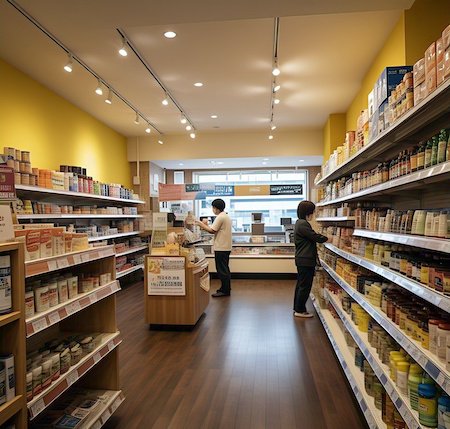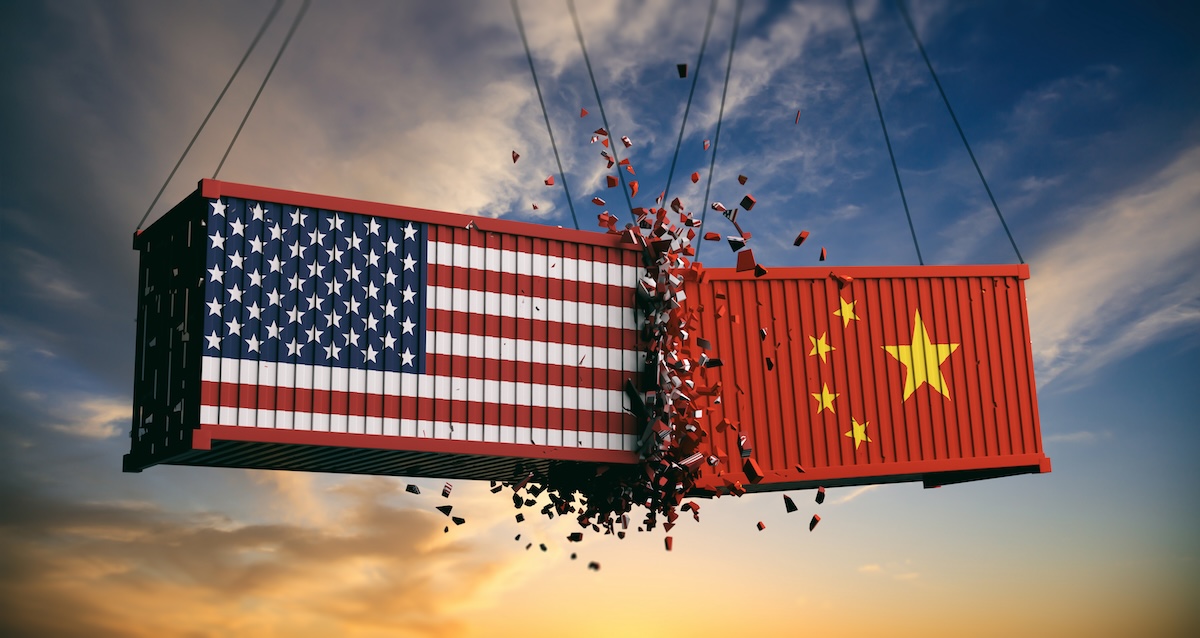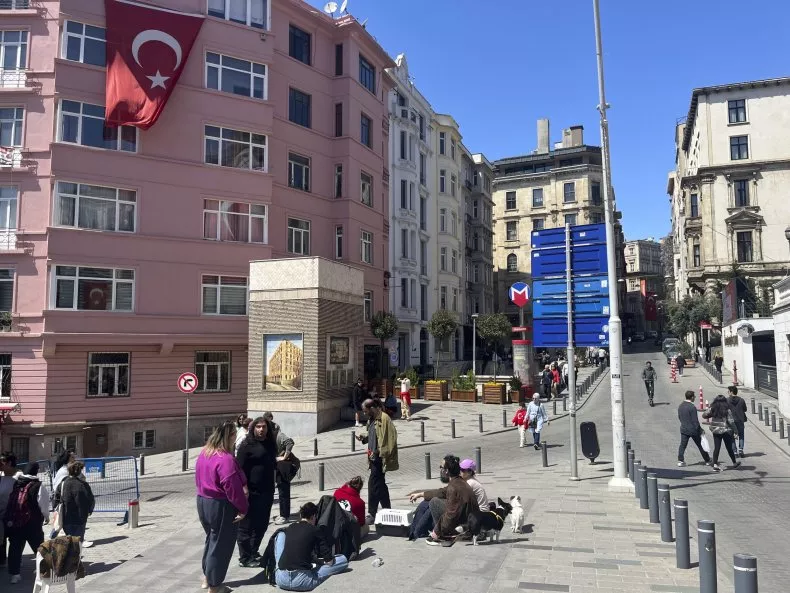Trade War Fallout: How Tariffs Are Shaking the Foundations of Asian Grocery Stores in the U.S.

In Flushing, Queens, vibrant markets like Chang Jiang Supermarket serve as vital community centers, especially for the area's large Asian population. The streets are alive with colorful storefronts and fruit-laden sidewalk displays, offering an array of specialty foods rarely found in traditional American supermarkets. But a storm is brewing for these beloved institutions: aggressive tariffs on Chinese imports introduced under former President Donald Trump’s trade policies are now endangering the survival of small, immigrant-owned grocers across the country.
Wu, the manager of Chang Jiang, voiced deep concerns about rapidly shrinking inventory. With U.S. tariffs on Chinese goods reaching as high as 145%, shipments have slowed drastically. Although current stock hasn't yet seen sharp price jumps, Wu reported that suppliers have already started slashing deliveries—sending only a handful of items at a time. If the tariff environment doesn’t change, he warned, the supermarket could exhaust its Chinese inventory within two months and may need to seek alternatives from regions like Taiwan or Southeast Asia.
These economic pressures are affecting not only grocers but also everyday consumers. Basic goods such as coffee, seafood, fruit, and nuts are becoming more costly, disproportionately impacting low-income households. Wu noted that while manufacturers in China depend on U.S. customers, the brunt of rising expenses is being shifted to American buyers. His team is holding off on price hikes for now, but Wu admitted that the store cannot do so indefinitely without risking its own sustainability.
Out west in Arcadia, California, another family-run business, Wing Hop Fung, is also struggling to adapt. Specializing in Chinese herbs and imported teas, the store is now burdened by massive tariffs on high-value shipments from China. Lan Ong, who inherited the business from her parents, said import costs have surged dramatically, forcing her to confront serious financial uncertainty. Even efforts to coordinate with suppliers have done little to alleviate the pressure.
America’s changing palate has sparked a rising demand for diverse grocery items, with ingredients from Asian, Middle Eastern, and Latin American cuisines becoming increasingly mainstream. Experts project this global market to nearly double in the coming years. National chains like H Mart and Patel Brothers are better positioned to handle supply disruptions thanks to their scale and logistics networks. But for smaller community-based stores, the cost of doing business under current trade policies is proving to be a major hurdle.
In Honolulu, small grocers in Chinatown are equally worried. Chu Lan Shubert-Kwock, who leads a local business and community association, explained that shop owners are hesitant to restock merchandise until price levels stabilize. With no clear resolution to the tariff conflict in sight, these stores face significant risks—not just financially, but also in their role as cultural pillars within their neighborhoods. According to her, the instability could delay business operations and ultimately "set us back."
For many of these markets, the battle against tariffs isn’t just about numbers—it’s about preserving heritage, access, and identity. As prices rise and shelves grow sparse, it’s the immigrant communities who suffer most. Unless the trade war tensions ease, the country may lose more than imported goods—it may lose the very institutions that connect diverse communities to their roots.
What's Your Reaction?












:format(webp)/cdn.vox-cdn.com/uploads/chorus_image/image/70136881/1347078605.0.jpg)






